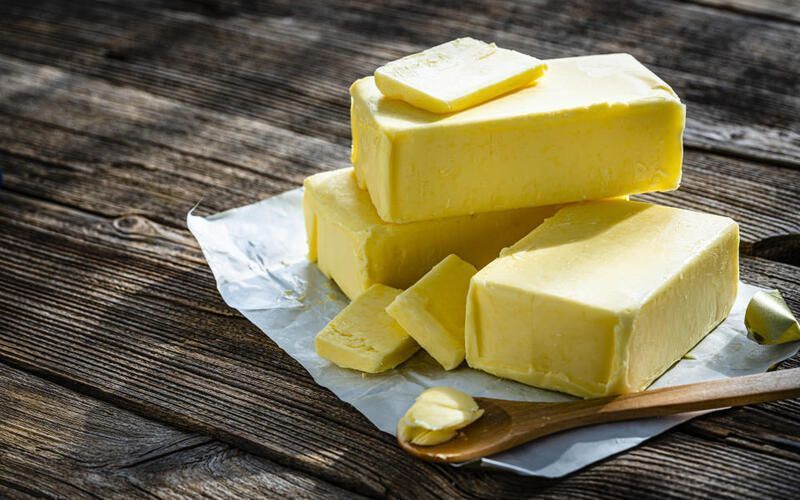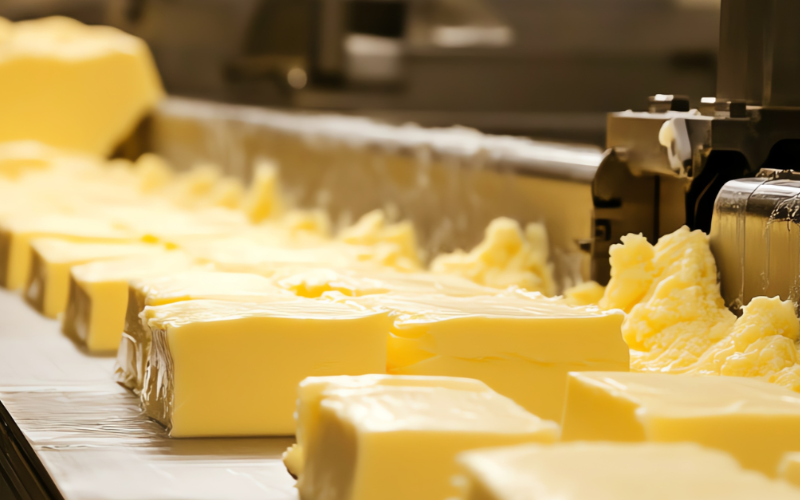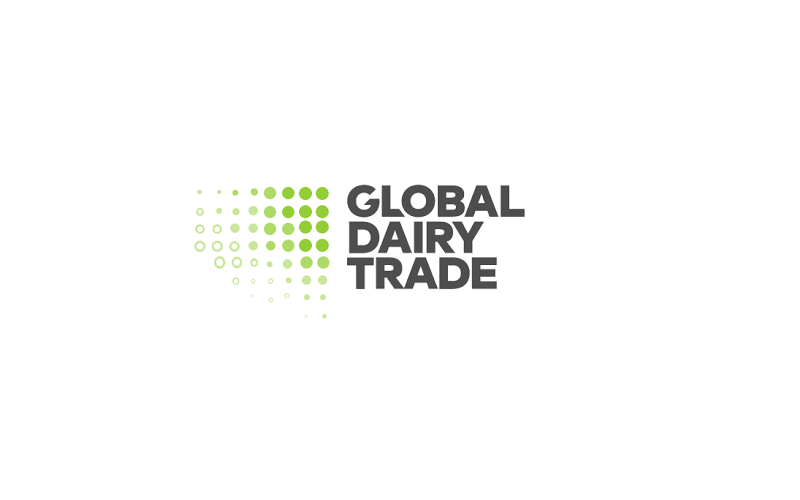Russia's Butter Bump: Milk Fat Deficit Drives Dairy Prices Higher

Although milk production in Russia is increasing, demand is outpacing supply, growing at 3% compared to production's 2% rise. This forces processors to source raw milk from friendly nations, adding to costs. However, the core issue lies not just in quantity, but quality. Russia's long-standing focus on gross milk output has neglected the crucial aspect of milk composition, specifically its fat and protein content.
This has led to an estimated annual deficit of 500,000 tons of milk fat. Breeding specialized cow breeds could offer a solution, but current legislation hinders breeding farms from pursuing this avenue.
Exports Not the Primary Culprit
Despite an increase in dairy exports, the volumes remain insignificant compared to domestic consumption. In 2024, exports rose by 6% in volume (to 216,000 tons) and 19% in value (to $438 million). Raw milk products, cheese, and ice cream were the main exports.
Artem Belov, head of the Soyuzmoloko dairy union, emphasizes that 85-86% of domestic dairy demand is met by internal production. Furthermore, a large portion of exports consists of B2B products like powdered milk and whey, which don't directly impact consumer prices.
Banning dairy exports could harm Russian producers, as regaining lost export markets is costly and time-consuming.
The Real Drivers of Rising Dairy Prices
- Increased raw milk production costs: In 2024, raw milk costs surged by 9%, while processed dairy product costs rose by an average of 22%.
- Costlier feed and energy: Rising prices for animal feed, fuel, and electricity have added to producers' expenses.
- Low milk fat content: Processors must purchase additional fat to compensate, impacting final product prices.
- Higher wages and credit costs: Increased labor and financing costs for processing plants contribute to price hikes.
Stabilizing the Market: A Long-Term View
Experts advocate for a more nuanced approach than export bans:
- Incentivize breeding of high-yield, high-fat, and high-protein cow breeds.
- Support producers through subsidies for production and processing.
- Develop a strategy to increase self-sufficiency in key dairy product categories.
"Restricting exports won't solve the price problem, as the root lies in raw milk production," argues Belov. While an export ban might offer temporary relief, it could ultimately weaken Russian producers' competitiveness on the global stage.











